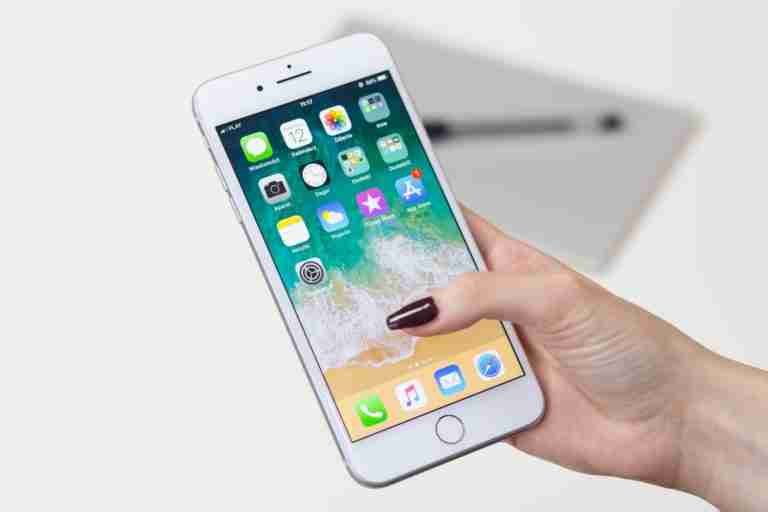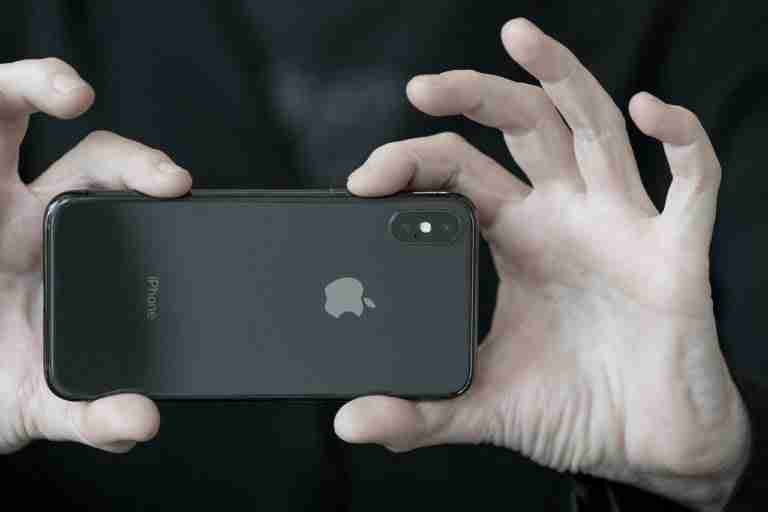Mobile Cell Phones Online
Are you looking and searching for Mobile Cell Phones?
Find Mobile Cell Phones Online
There are so many companies that are now offering mobile phones, including the main networks who can supply directly too.
As well as the main network retail outlets, you have the distributors and dealers offering phones as well.
So, where do you go to get a good deal?
In the 1990’s I owned Car-Tec Mobile Communications in Belfast for a number of years and it was the sole outlet for Peoples Phone at the time, so I have some experience in the mobile phones marketplace.
I have narrowed it down to just 2 suppliers to keep it very simple.
Option 1
The first company you might want to look at is e2save, who I have found to be really keen on prices and deals and 90% of the time they are cheaper than everyone else.
Click on the links to go to their website and just compare their prices with everyone else, to see what I am saying is true.
Option 2
The other supplier is for people who have been refused a contract mobile phone due to a bad credit history.
By clicking on the banner on this page, you can search the latest deals available for everyone’s circumstances, just by submitting your email address and without any obligation whatsoever.
The Benefits and Flaws of Mobile Cell Phones
Mobile cell phones are devices that are used to make and receive calls over radio frequencies. They are available in many different styles and sizes and are often referred to as handphones.
Read on to learn about the technology behind the mobile phone and the safety standards for mobile phones. There are many benefits to mobile phones, but they are not without their flaws.
Here is a brief overview of some of the most popular ones. And don’t forget to share your stories of mobile phone success with us!
History of mobile phone technology
One of the first handheld mobile phones to be commercially produced was the Motorola Dynatac 800X. It was the first handset to use the GSM digital standard.
This phone featured a monochrome LCD screen, extendable antenna, and memory for 99 telephone numbers. As the mobile market boomed in the ’90s, manufacturers began to produce more expensive models. Then in the mid-’90s, the clamshell design made mobile phones much more comfortable to hold.
Cellular phone technology was first commercialised by AT&T in 1947. This service, referred to as Mobile Telephone Service, quickly spread to more than 100 cities and towns.
In the first mobile phone models, the caller had to press a button to speak and release it again to hear the other person. In the late 1940s, Bell Labs began working on the modern cellular network. But it took several years for these plans to be developed and launched commercially.
Evolution of cellular technology
The evolution of cellular technology on mobile cell phones began with the development of the car-based telephone system. Engineers at Bell Labs began developing a system that allowed mobile users to make and receive calls from their cars.
Shortly after, AT&T introduced Mobile Telephone Service. While the original system was limited in coverage area, cellular technology allowed a wider range and lower power transmitters to replace the car-based radio phone’s high-power transmitter/receiver system.
The evolution of cellular technology on mobile cell phones has gone through four major generations so far, with the fifth launching in 2020.
In Canada, cellular technology has tended to expand over the years. For example, basic text messaging was still considered an exotic novelty.
Carriers began referring to new generations by using the letter “G” as a marketing shorthand. In 2011, Apple’s iPhone 6 was the best-selling phone, followed by Samsung’s Galaxy S4.
Evolution of operating systems
The evolution of mobile cell phones has been marked by the growth of smartphones. This device type has made the use of mobile operating systems far more common than any other device.
Although smartphone users have been flocking to these devices, the traditional desktop OS is still the minority choice for many. In some regions, however, this situation is reversed. One example of a mobile OS that is popular is the Palm OS, which was first used in the palm pilot 1000.
The first mobile operating system was text based and users typed commands into a terminal and a response was sent back.
This type of operating system came before Windows and Mac OS, and was followed by Unix and Android. While all of these operating systems could accept keyboard input and produce output on a screen, they were fundamentally different.
Apple did make the iPhone OS, and the Android operating system was born out of the Unix operating system.
Safety standards for mobile phones
There are many benefits to following safety standards for mobile phones. These standards are internationally recognised by national and international health organizations.
The standards are intended to protect all users from potential health risks associated with mobile phone use. While the current standards are based on scientific research, many health advocates believe that they do not reflect normal use.
To this end, they recommend that consumers limit their exposure to mobile phone radio waves. To do this, people can use hands-free devices and limit the amount of time they spend talking on their phones.
If these tips do not help, people can opt for limiting their time on mobile phones. They can also use areas with good reception to reduce their exposure to mobile phone radio waves.
Despite the controversy over the health risks associated with cell phone use, research continues to show that these devices are safe.
Scientists have reviewed the scientific evidence and have found no causal connection between mobile phone use and cancer. However, this does not mean that mobile phones are completely harmless.
Some studies suggest that using cell phones for long periods of time may increase the risk of cancer. But these studies do not provide conclusive evidence. Safety standards for mobile phones are not yet mandatory for all models.







